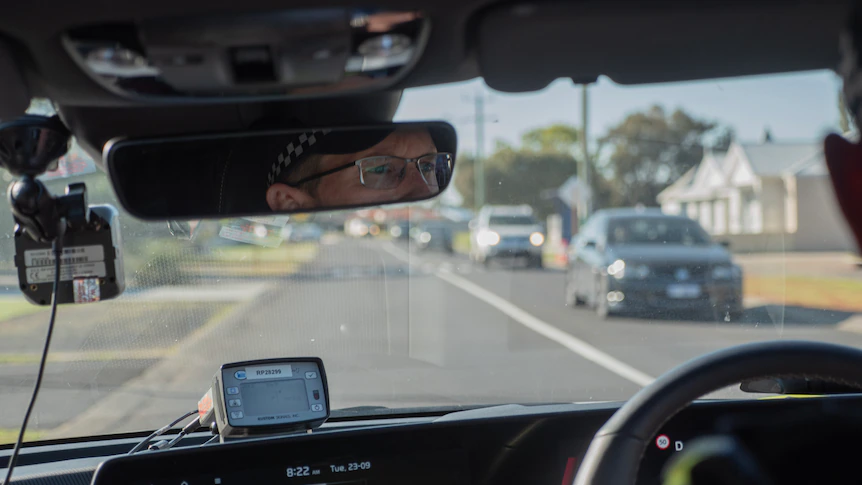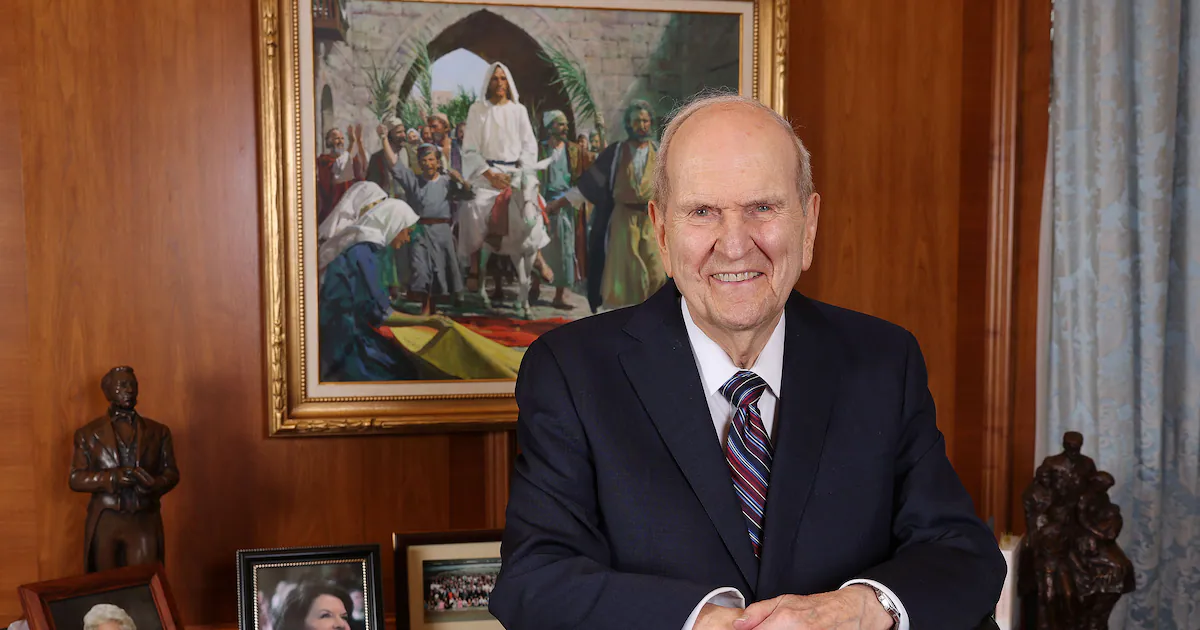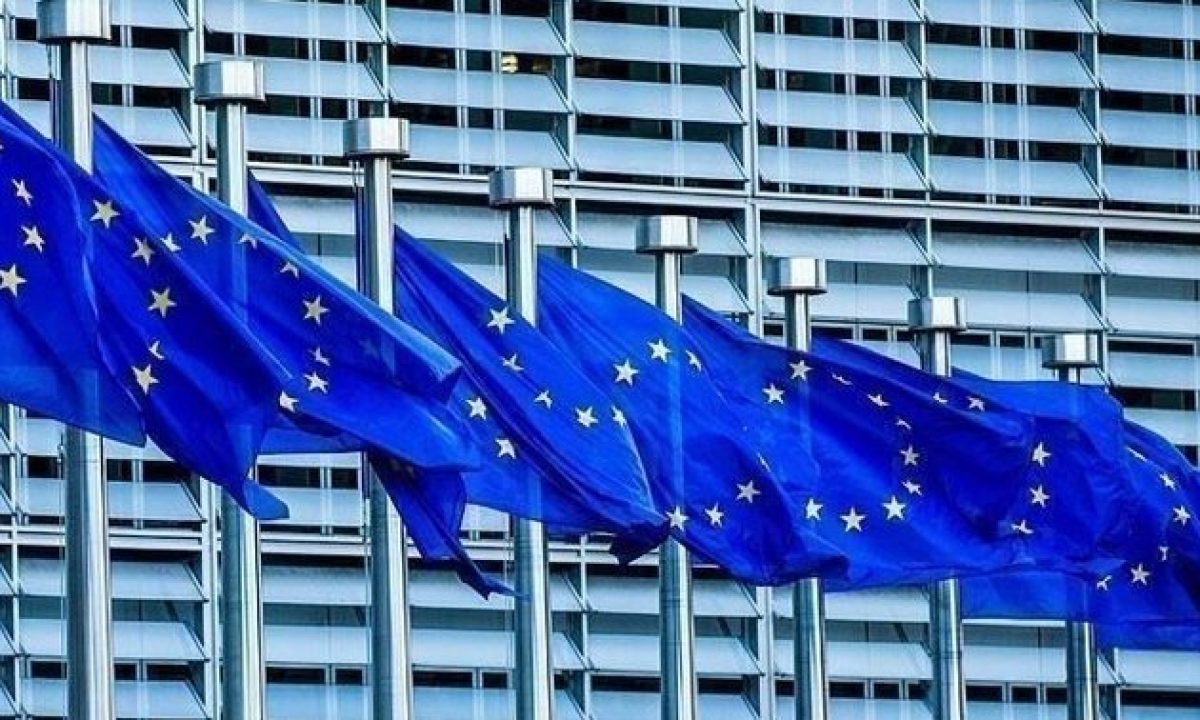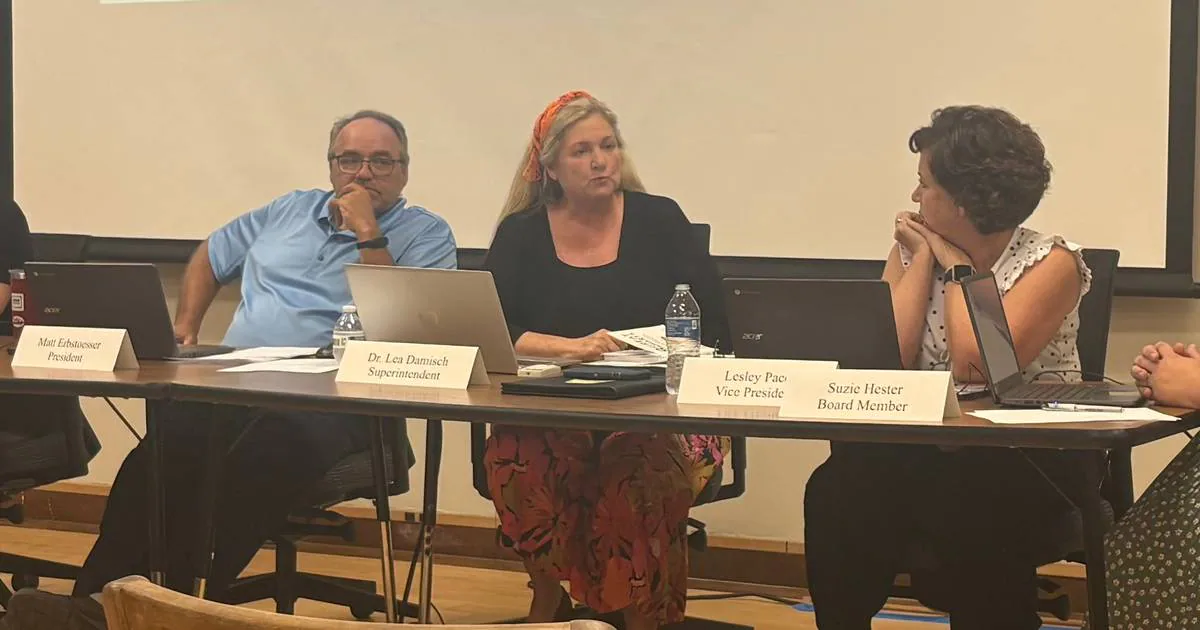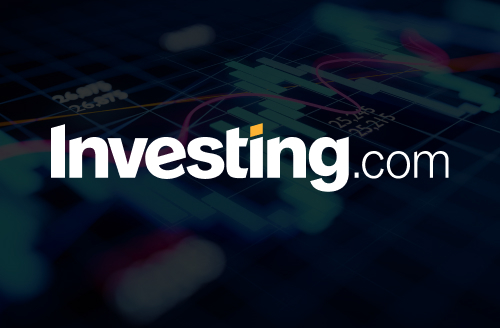
A $100,000 fee per foreign hire is the new cost structure under the revised H-1B regulation, a policy shift that’s turning Silicon Valley’s talent pipeline into an expensive gamble.
in the United States has reached its highest level since 2021. Job growth has stalled, and anxiety over the economy is rising. The Trump administration has chosen this moment to overhaul America’s most contested work visa programme: the H-1B visa.
For decades, the H-1B has served as a gateway for highly skilled foreign professionals in technology, healthcare, and research. It has fuelled innovation and filled labor shortages but has also faced criticism for displacing American workers and driving down wages.
Companies typically paid between $1,700 and $4,500 to file an H-1B petition. Now, with little warning, the US administration has raised that cost to $100,000 per new visa, effective immediately. Can the new $100,000 H-1B fee really be the magic fix for America’s labor market?
What Is the H-1B Visa?
The H-1B visa, introduced in 1990, allows US companies to hire foreign workers for speciality positions requiring technical or theoretical expertise, particularly in STEM fields like technology, engineering, and medicine. Initially granted for three years and extendable up to six, it has enabled millions of immigrants—predominantly Indian (75%) and Chinese (12%) nationals—to work in the US, often as a pathway from student visas to permanent residency.
Each year, 85,000 new visas are issued (65,000 general and 20,000 for US master’s degree holders) via a highly competitive lottery, as demand far exceeds supply.
Major tech firms such as Amazon (NASDAQ: ), Google (NASDAQ: ), Meta (NASDAQ: ), Microsoft (NASDAQ: ), and Apple (NASDAQ: ) are among the top employers. Today, roughly 730,000 people hold H-1B visas, supporting US companies in filling specialised roles where qualified domestic workers are in short supply.
Source: The Heritage Foundation
Until now, filing a typical H-1B petition costs between $1,700 and $4,500 per worker, not including attorney fees, a modest sum compared to the new $100,000 price tag recently introduced by the US administration.
A Price Tag on Talent
Since returning to the office in January, President Donald Trump has launched a wide-reaching immigration crackdown. His agenda includes mass deportations and efforts to block citizenship for children born in the US to undocumented immigrants. More recently, the administration has turned its attention to the H-1B visa programme.
On September 19, 2025, President Trump signed a Presidential Proclamation titled “Restriction on Entry of Certain Nonimmigrant Workers.” This order introduced a mandatory $100,000 fee for every new H-1B visa petition filed on or after September 21, 2025. From that date forward, any employer seeking to hire a foreign worker under the programme must pay the $100,000 fee in addition to the standard application costs. Petitions submitted without this payment will automatically be denied.
The surprise announcement caught employers, workers, and students in the United States and elsewhere off guard. Confusion soon followed: at San Francisco International Airport, an Emirates flight to Dubai was delayed on the tarmac for nearly three hours as passengers holding H-1B visas determined whether they would be able to re-enter the US once they left.
Initial mixed messages from the US administration fuelled the fear: the Commerce Secretary had suggested the fee might be annual and apply broadly, before the White House later reversed that. By the weekend, officials publicly clarified that existing H‑1B visa holders would not be charged $100k to re-enter the country and that the fee is one-time only for new applicants.
It does not apply to renewals or current H-1B visa holders who were already in the United States before the policy took effect. Even so, many attorneys urged H‑1B employees to avoid international travel until detailed guidance was issued. Internal emails from tech and financial firms revealed that Google, Microsoft, Amazon, JPMorgan and others advised their H‑1B employees abroad to return to the US immediately or postpone travel.
Alongside the fee increase, the US administration also proposed changing the H-1B selection process. Under the current system, applicants are chosen through a random lottery. The new proposal would replace the lottery with a weighted system that favours higher-paying positions. Jobs meeting or exceeding the top wage tier set by the Bureau of Labor Statistics would be entered into the selection pool four times, positions at the second-highest wage level three times, and so on.
Magic Fix for the Labor Market?
According to the Department of Homeland Security (DHS), the goal is to “hire only the best of the best temporary foreign workers” and push employers to offer higher wages or create positions requiring advanced skills. The US administration argued that this approach will prevent wage undercutting and ensure H-1Bs are used for truly specialised, high-paying roles, rather than outsourcing jobs that could be filled by available US workers.
The timing of this move coincides with the US labor market slowing sharply. Unemployment rose to 4.3% in August 2025, the highest level since 2021, while nonfarm payrolls increased by just 22,000 jobs—well below Bloomberg’s forecast of 75,000. Meanwhile, a New York Fed survey showed worker confidence in finding a new job after a layoff had fallen to a record low.
The White House believes that by reducing the number of new H-1B workers, wages will rise, and more opportunities will open for Americans, particularly recent graduates in computer science. Officials cite a Federal Reserve study showing that young American computer science graduates face higher unemployment rates partly due to foreign competition.
However, many economists and immigration experts see it differently. In theory, the outcome matches the White House’s goal of pushing companies to hire more American workers. In practice, though, it could backfire if businesses respond by shifting jobs overseas or turning to automation to make up for the shortage of skilled talent.
Two-thirds of H-1B positions are in STEM fields, and tech companies employ thousands of H-1B workers. Many are mid-career specialists or young PhD graduates working on breakthroughs in AI, biotechnology, and advanced computing. Elon Musk, NVIDIA (NASDAQ: ) founder Jensen Huang, Alphabet CEO Sundar Pichai, and Microsoft CEO Satya Nadella have all been H-1B visa holders. Hospitals that recruit foreign doctors to fill shortages in underserved areas and universities hiring specialised researchers may struggle to bring in the talent they need.
Economic growth depends on productivity gains driven by innovation. By making it very expensive for companies to bring in foreign talent and by forcing international students to leave after graduation, the US risks a brain drain that could weigh on future growth. Some analysts have already lowered their long-term growth forecasts. Berenberg Bank, for instance, revised its estimate for US economic growth, from 2% at the beginning of the year to 1.5%.
Source: The Heritage Foundation
This policy shift could weaken the very industries the US aims to strengthen, while doing little to fix the deeper structural problems in the labor market. The real challenge lies in America’s domestic talent pipeline. Higher education in the US is among the most expensive in the world, with student debt reaching $1.8 trillion as of August 2025. Tuition at top private universities can reach $80,000 per year, compared to about $1000 in Switzerland, $3,000 in India, and $1,500 in China.
Faced with this burden, many students avoid STEM fields. Others graduate but choose careers in finance or consulting, where the return on their education is quicker. In 2023, US public schools ranked 28th out of 37 OECD countries in math. Combined with the high cost of college, this has left the US producing far fewer engineers than its competitors. This shortage explains why US companies rely heavily on the H-1B programme.
Other Countries Open Doors to Skilled Talent
Policies that discourage new arrivals to the US can also unsettle highly skilled immigrants already in the country. Some may take their skills to countries with friendlier policies and strengthen economies that actively court their skills. The new $100,000 fee could unintentionally fuel a classic brain drain. Indeed, just two days after Trump’s proclamation, China announced a new “K visa” programme designed to attract global STEM professionals.
The United Kingdom is also looking to make its immigration system more welcoming. According to the Financial Times, Prime Minister Keir Starmer’s “Global Talent Task Force” is considering waiving visa fees for individuals who have studied at the world’s top five universities or earned prestigious international awards.
In a surprising twist, Italy, led by a government known for its tough stance on immigration, has also moved to expand legal pathways for foreign workers. In June 2025, Prime Minister Giorgia Meloni’s cabinet approved a plan to issue nearly 500,000 work visas between 2026 and 2028 to address labor shortages and demographic decline.
Source: Statista
Conclusion
The success or failure of this immigration experiment will depend on future developments. A clause in the new H-1B visa policy allows certain workers, companies, and even entire industries to be exempt from the $100,000 fee if they are considered vital to the “national interest” and do not pose a risk to US security or welfare. It is still unclear how these exemptions will be granted or which federal agency will oversee the process.
